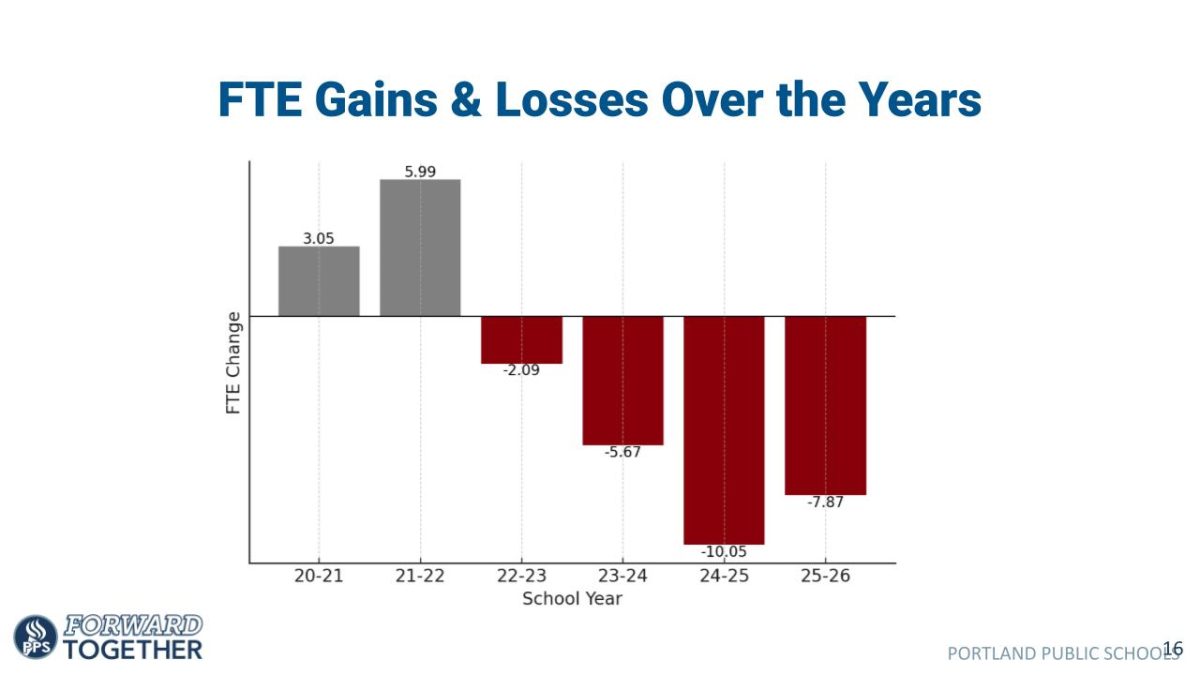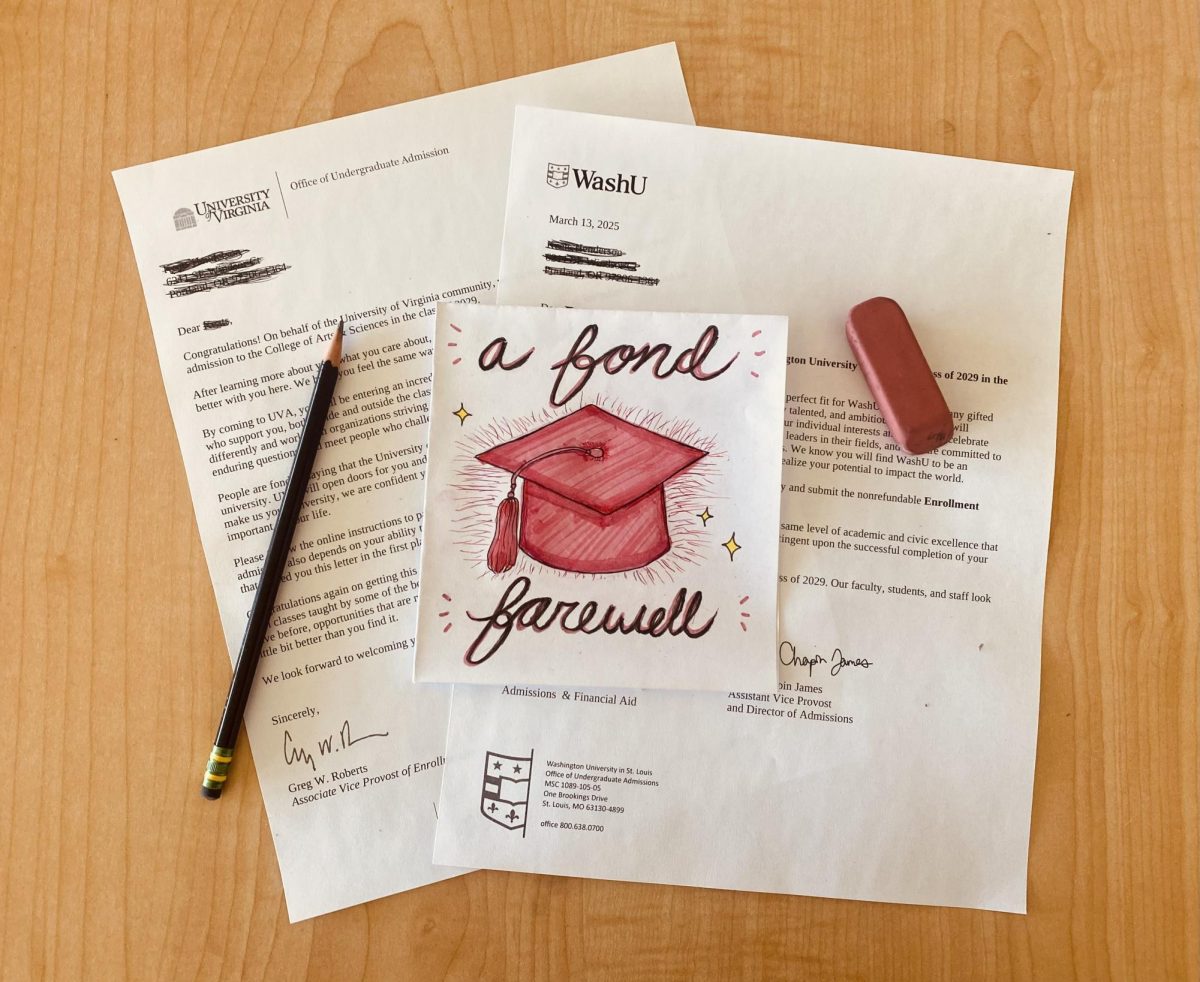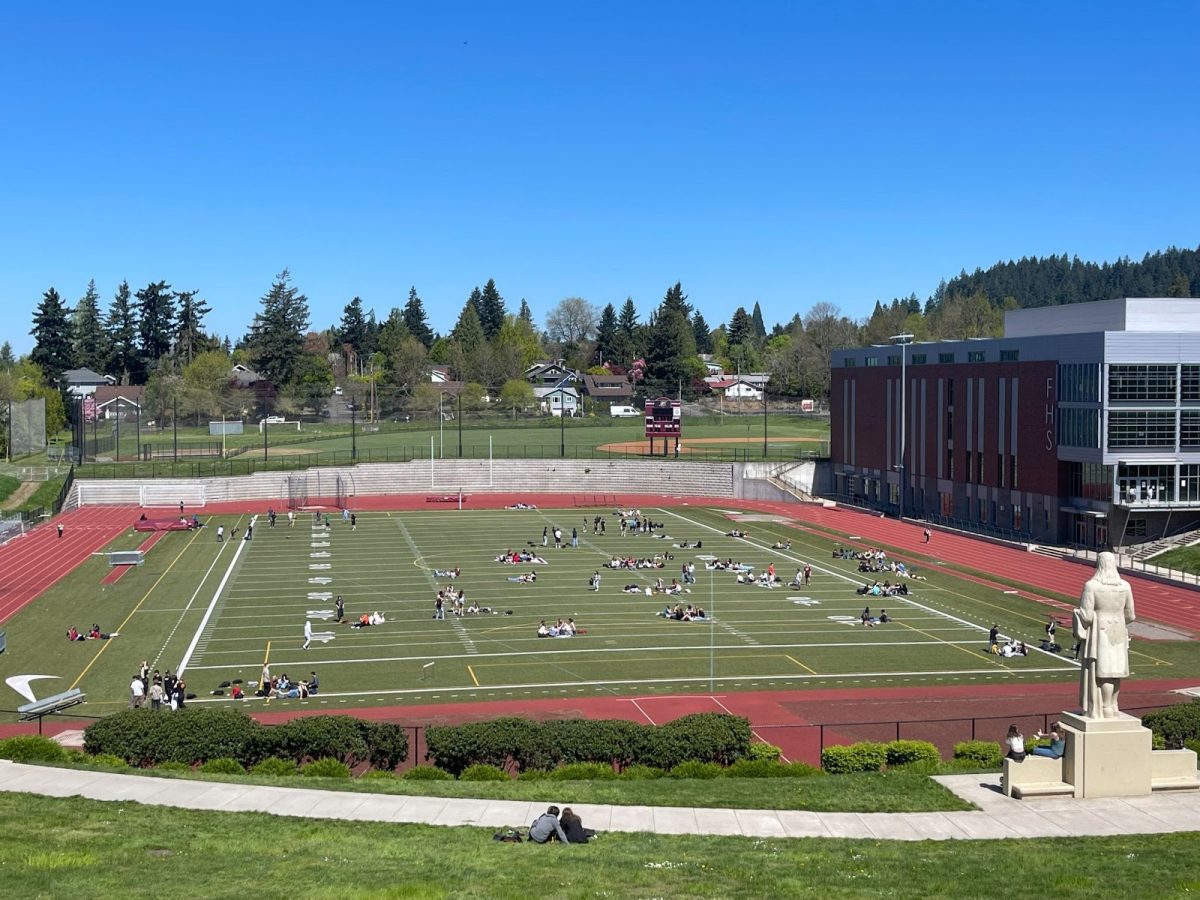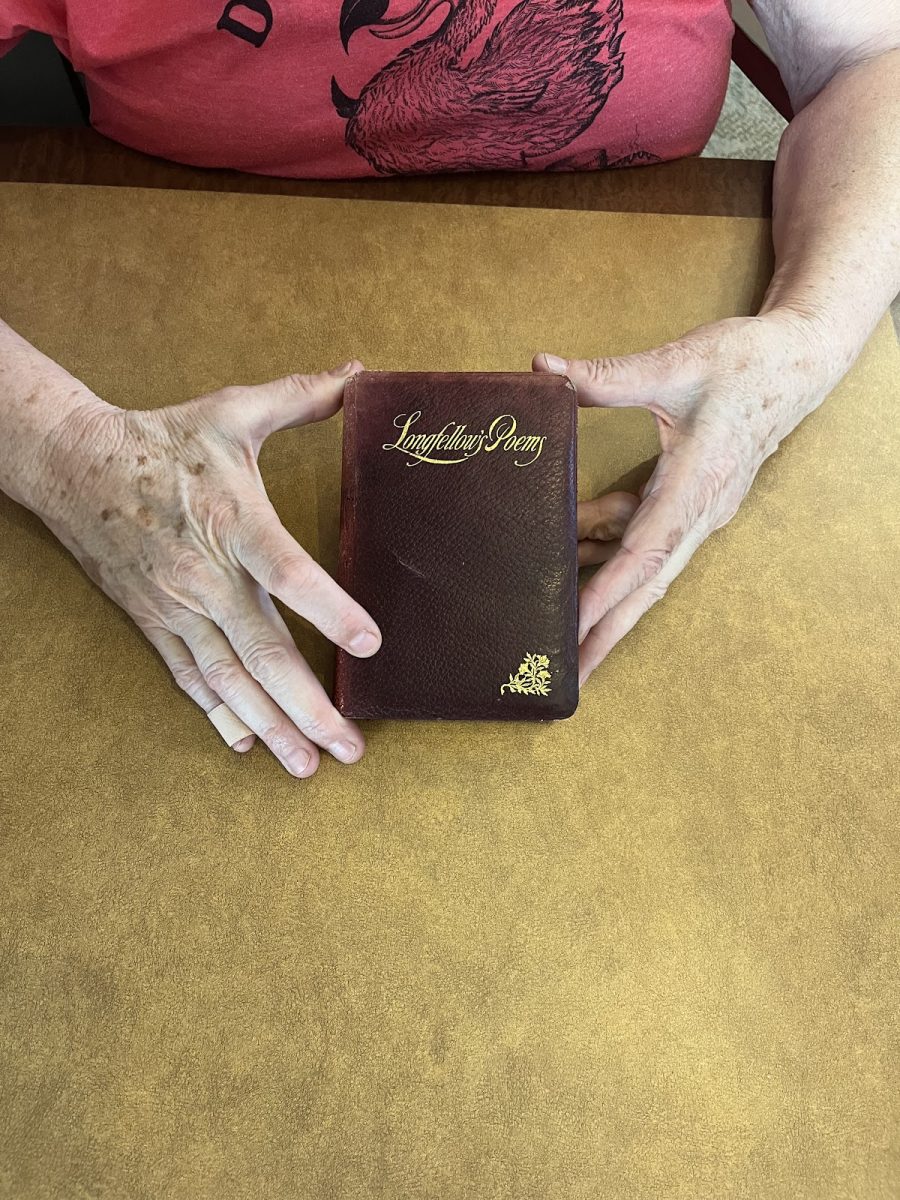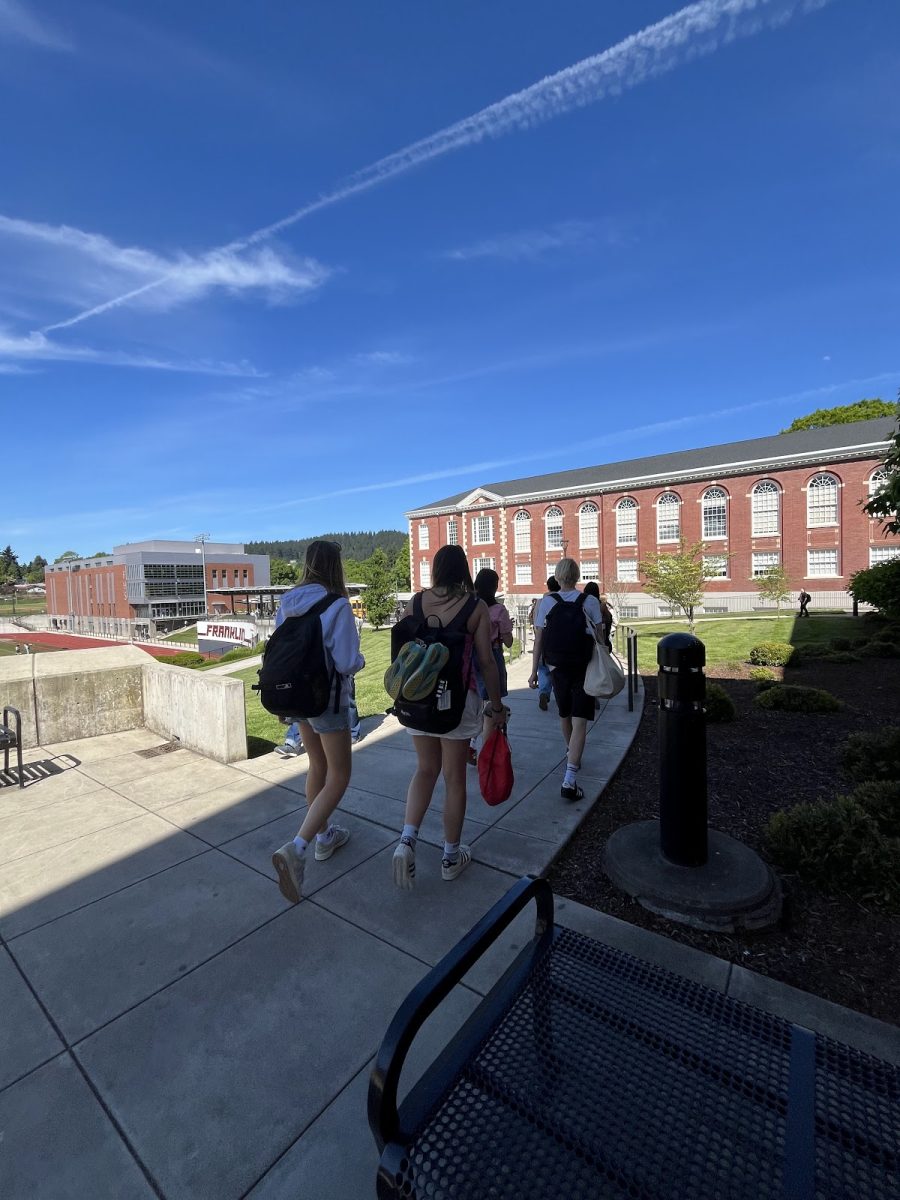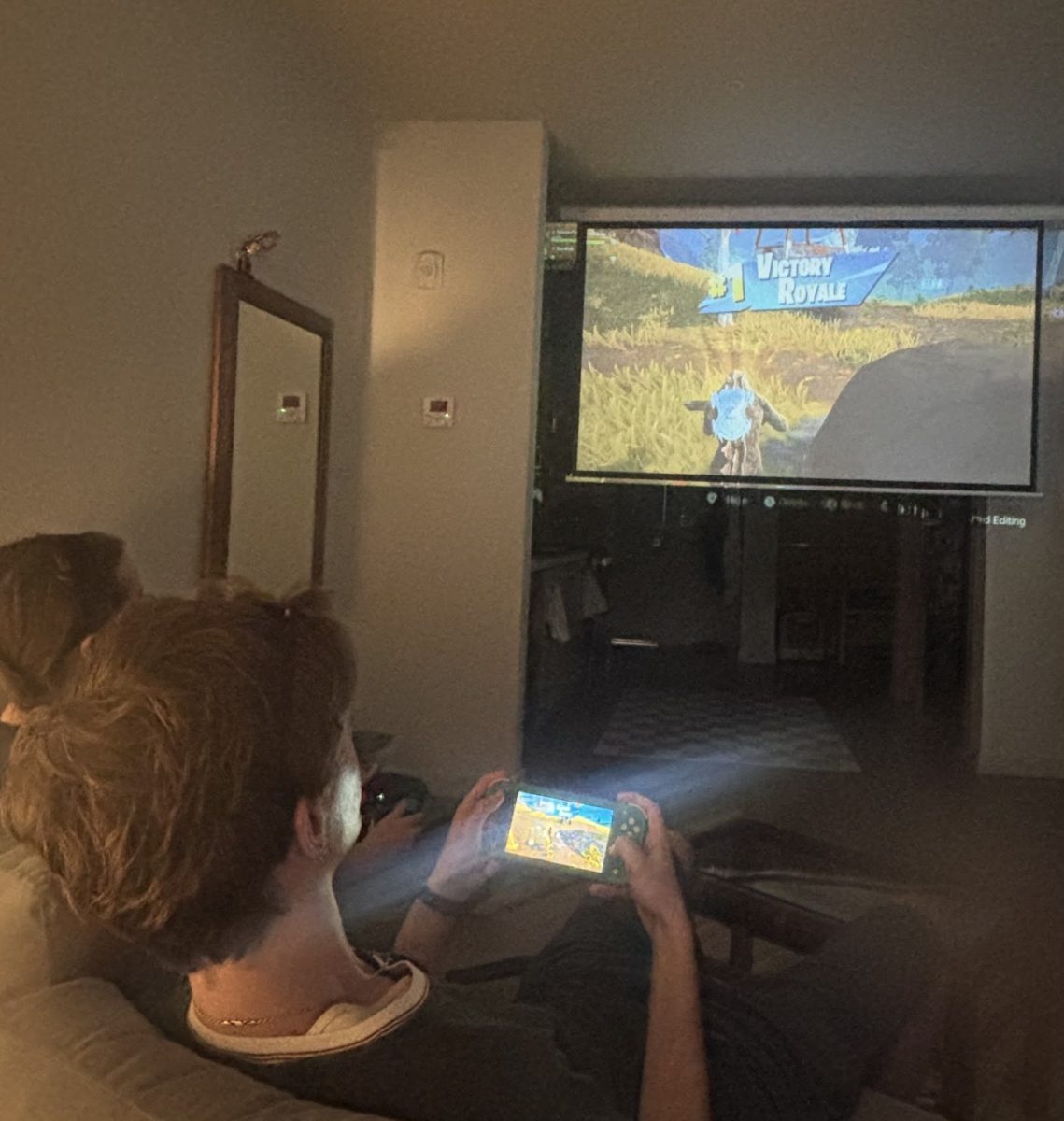
Considering this article is about classical music and something called Impressionism, I’m delighted you’ve made it through this first sentence. Many people would consider classical as the decaf coffee of the music world — reserved for when you’re in need of a sonic nap. More often than not, classical music is thought to be a single genre, which can be misleading. “Classical music” is used as an umbrella term to describe Western instrumental and choral music, but the word “classical” specifically refers to music composed in the Classical era, which was from 1750 to 1830. This period is characterized by composers like Beethoven, Haydn, and Mozart, famous for composing the music that would later become the stuff of Hyundai Sonata ads and doctor’s office hold-music.
There are many periods of classical music: Medieval, Renaissance, and Baroque, just to name a few. My favorite is the Impressionist music from the Late Romantic period (1860-1920), in which composers transcended traditional musical boundaries. They did this in a variety of ways, including using unconventional chord progressions and harmonies; employing pentatonic scales, which are often used in jazz harmony today; and boldly breaking Bach’s inexhaustible list of compositional rules — the nightmare of any AP Music Theory student at Franklin. Impressionist music can awaken us to a new, fully caffeinated perspective on classical music. In this article we’ll not only explore the characteristics of Impressionist music, but also discover its influence within the Franklin community, and possibly inspire you to expand your Spotify playlist.
To understand Impressionist music, it’s important to be familiar with the Impressionist movement. The Impressionist movement was born in 19th century France, when a group of young Parisian painters rebelled against the establishment. Rather than complying with convention and painting mirror reflections of their often aristocratic subjects, they sought to paint portrayals of nature and ordinary life using loose visible brush strokes and an emphasis on capturing the quality of light and shadow. While this may seem mild today, these painters’ defiance against the art authorities at the time sparked a period of unprecedented creativity. They were the Sid Viciouses and Johnny Rottens of the Parisian art scene. Monet’s painting, “Impression, Sunrise,” gave the movement its name when the art critic Louis Leroy called it an unfinished painting — an impression. This movement in visual art expanded into other artistic disciplines.
“The same kind of ideas [in Impressionist paintings] got into music too,” says Jason Owens, the music director at Franklin. Owens explains how in Impressionist music and art there was an emphasis on “rich colors and a blurriness to line.” In music this meant that “it was very important to convey an emotional concept musically as compared to a very regimented style of playing where everything [was] very metronomic and consistent.” Composers took inspiration from art, literature, and nature, prioritizing emotional and individual expression. For example, Ravel’s “Trois poèmes de Mallarmé” are a set of songs based on the poetry of Stéphane Mallarmé. Debussy’s iconic “Clair de Lune” takes its title from a poem by the French poet Paul Verlaine, which captures the introspective and ethereal atmosphere that a moonlit night can inspire. Lili Boulanger’s compositions often touched on themes of isolation and grief, using colorful harmony to pinpoint a wider range of human emotions.
Impressionism can also be seen as a response to the rapid industrialization and urbanization that was occurring in the late 19th century. “There was a lot of struggle going on in society at that time that came out in the music,” notes Owens. Impressionist music, with its emphasis on capturing fleeting moments, can be seen as a reaction to the new urban environment and accelerating pace of life.
Impressionist music is all about exploring mood and atmosphere, and this can give the style a unique musical experience for both listeners and musicians alike. “I feel like [Impressionist music] gives me a lot more room to grow and practice my musicianship than something like a Bach fugue where I feel like I have to play exactly what’s [on the page],” reflects Franklin senior Leo Edwards, a pianist and percussionist. Edwards has competed at numerous music festivals and has been recognized for Outstanding Achievement at the OMTA Baroque & Contemporary Festival in 2022 and 2023. Playing Impressionist music, especially the works of Debussy, is some of Edwards’ favorite music to play on piano. “When I’m playing Impressionist or Romantic [music] I feel very loose. If I play a Bach fugue, or something Baroque, I find myself getting really tense which may be a product of the technique and the way that you typically play Baroque music,” explains Edwards. “I feel kind of stressed whenever I’m playing Baroque music, and I feel the opposite when I’m playing something like Debussy.”
For listeners, listening can be a unique experience as well. For example, Owens recalls that “the first time I heard [Eric Satie’s Gnossienne No.1], I just couldn’t believe how sadly beautiful it was.” He reflects that in some of the most “famous impressionistic pieces, there’s so much sadness, but through the music it [can make you feel happy].”
The Impressionist musical movement influenced dance as well. “It’s important to recognize that this movement [rooted] in the [visual arts], was also musical, and was also dance,” says Sonia Kellermann, Franklin’s director of dance. “Instead of having all of the dances be, for example, based on fairy tales, beginning, middle, end, [there’s also] dances that are pure movements,” explains Kellermann.
This year the Winter Dance’s first act will be based on the Brothers Grimm fairy tales. Interestingly, while the dances are fairytale based, the set design will be impressionistic. The Brothers Grimm fairy tales are ancient folktales, but they were first published in the Romantic era. Kellerman is fascinated by music and theatrical productions, and how the sets and scenery were created. She plans to use mainly Romantic era music, which will all be performed by live musicians. Kellermann emphasizes that “[a] performance of dance is a collaboration between a composer, the musicians, the set design, the lighting design, all working in concert together.” Considering the transition from the later Romantic era into Impressionism, Kellermann plans to “create an environment that is an impression of a forest.” She says the set will outline “the light sketch of a forest, which the audience will perceive as a forest,” but it won’t aim to depict perfect leaves or create an illusion as if the audience is outside. Instead it will craft “an environment that is all white, all black, and mostly about how light filters through the environment which will be dappled much like a Pointillist painting or an Impressionist painting.”
In our grand finale of this introduction, Impressionist music can remind us of the power of imagination and the value of creating an overall experience, rather than seizing the opportunity to exploit virtuosity, which is something previous periods of classical music often encouraged. Still, there are undoubtedly disparities in this style of music. “If we can’t name a single female Impressionist composer, that raises major questions,” prompts Kellermann. As with classical music as a whole, Romantic era music is a very male dominated arena, and all too often female composers are not represented nor given the credit they deserve. Debussy and Ravel are the big names that are often associated with Impressionist music. Female composers like Lili Boulanger did much to shape Impressionist music, and as Kellermann points out, we can ask, “Did [female composers] not exist? We undoubtedly know they did exist, but did they receive patronage and performance opportunities?” It’s important to ask, “Who are these women; where do their compositions live, and are they performed?”
I encourage you to seek out the lesser known, but just as incredible composers. In our current time, we can relate to the need to rebel and make our voices heard. Whether that’s youth participation in climate activism or LGBTQ+ rights, young people are responding to the changes in society the same way these artists did in their era. It will be exciting to see how our generation expresses itself in the creative realm. Kellermann puts it well when she says “I think [Impressionism] elevates the ordinary across all disciplines.” How will you make your mark? How will you elevate the ordinary?



